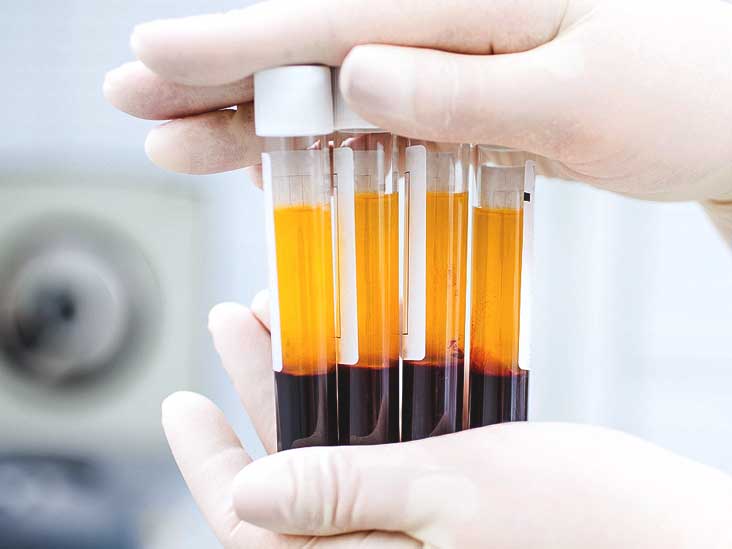Platelet Rich Plasma (PRP) treatment has become a widely popular therapy for hair loss, skin rejuvenation, and sports injuries. It involves injecting a patient’s own blood platelets, which are rich in growth factors, to stimulate tissue regeneration and healing. To administer PRP, doctors require special tubes that can efficiently separate plasma on-site from a patient’s blood. These tubes have sparked a debate among experts as to which ones are the best for PRP treatment. Here’s what they have to say.
The most common types of tubes used for PRP treatment are plain glass and plastic clot activator prp tubes. The former does not contain an anticoagulant but comes with a gel that separates the red blood cells from the plasma. Plastic clot activator tubes contain silicone, calcium, and an inert inorganic powder that prompts coagulation, thus expediting plasma separation. However, experts suggest that these tubes should not be used for PRP therapy as the clotting agents can lead to contamination of the plasma, affecting its efficacy.
To avoid this, many doctors use either citrate-based or sodium citrate-containing tubes for PRP treatment. Citrate works as an anticoagulant that prevents the blood from clotting upon collection. Sodium citrate tubes are particularly preferred as they allow for faster plasma separation, have a longer shelf-life, and yield a more concentrated dose of PRP. Experts also note that the tubes should be made of high-quality glass to prevent leaching of harmful substances into the plasma.
Another aspect of PRP treatment that experts consider is the size of the tubes used. Generally, 10-15 ml tubes are preferred for PRP treatment, as larger quantities can hinder the quality of the plasma and result in a less effective treatment. The number of tubes used may vary depending on the patient’s needs and the amount of blood drawn.
In conclusion, selecting the right tubes is crucial for PRP therapy as it can affect the efficacy and safety of the treatment. Experts suggest avoiding plastic clot activator tubes and opting for high-quality glass citrate-based or sodium citrate-containing tubes. The size of the tubes is also important, with 10-15 ml tubes being the preferred option. Ultimately, consulting with an expert in PRP therapy is crucial in making the right decision about tube selection for this treatment.







